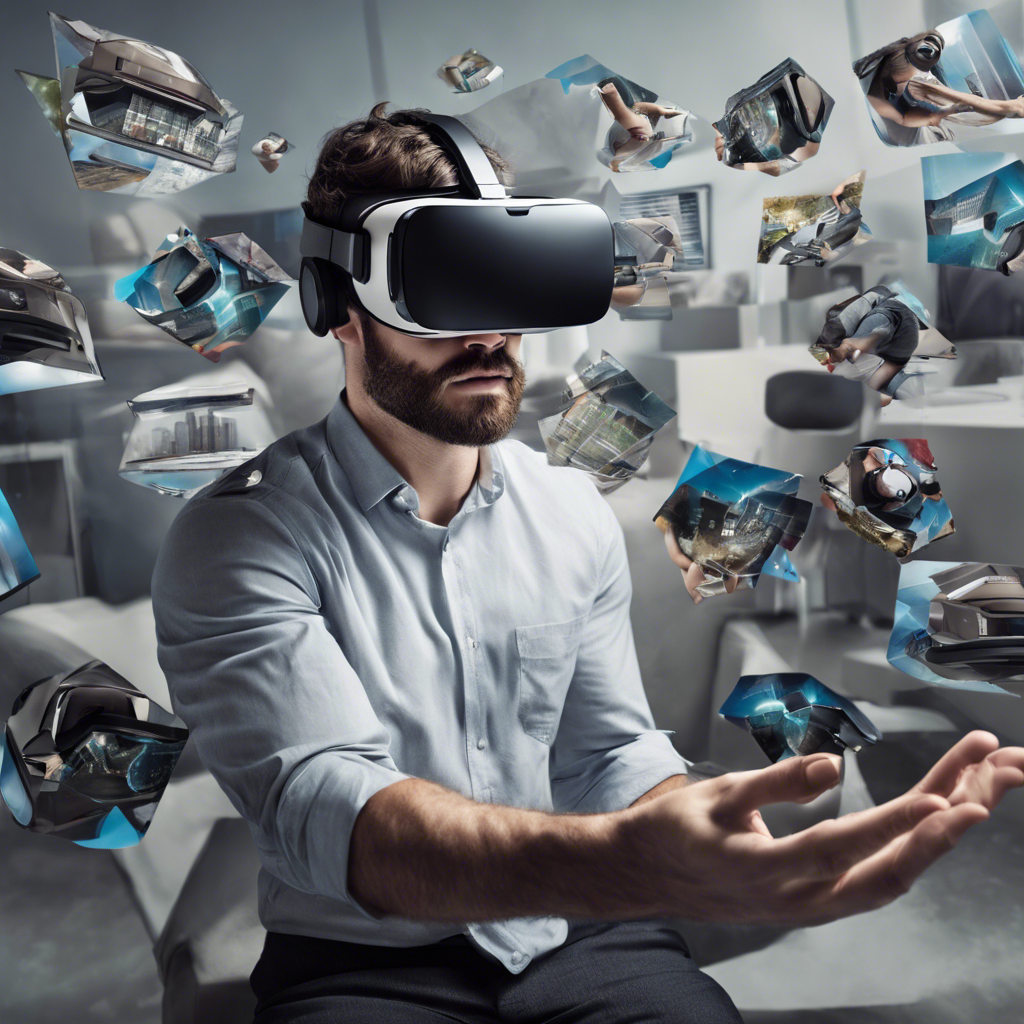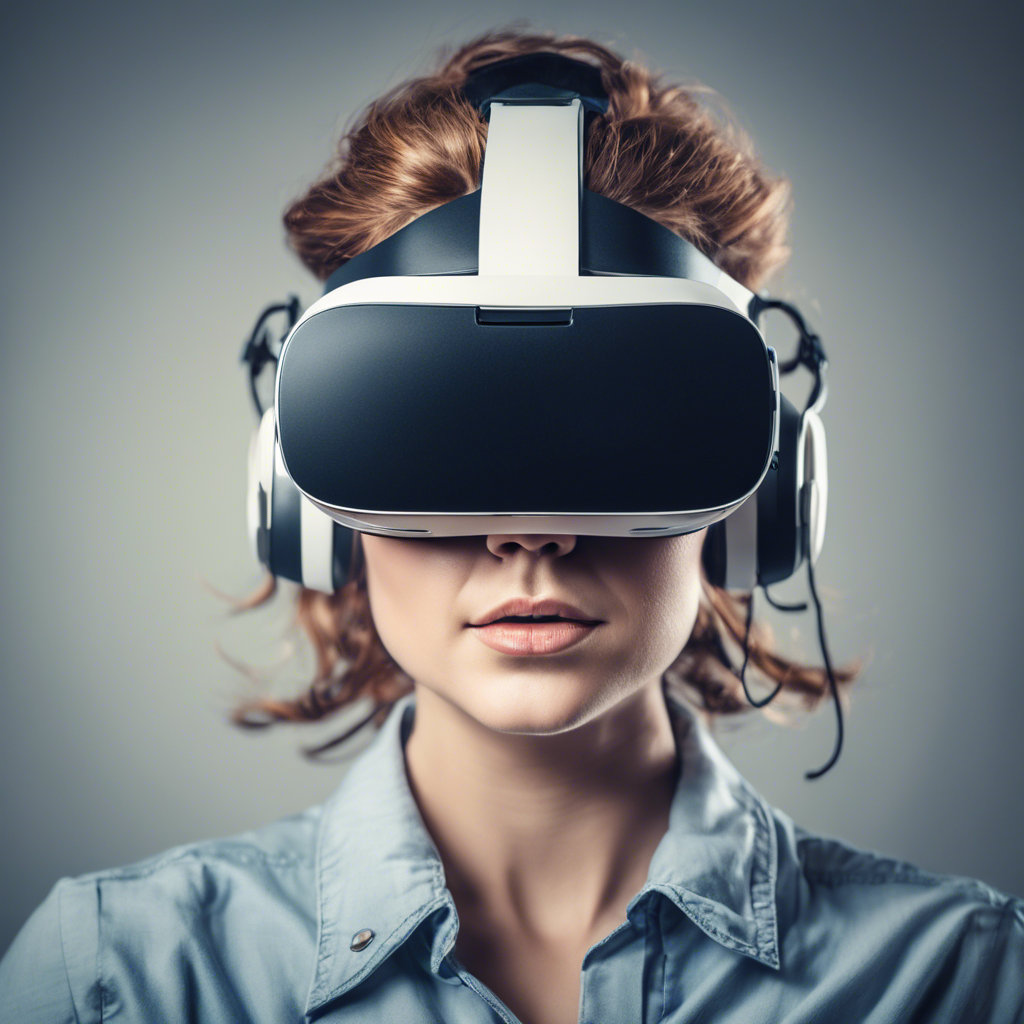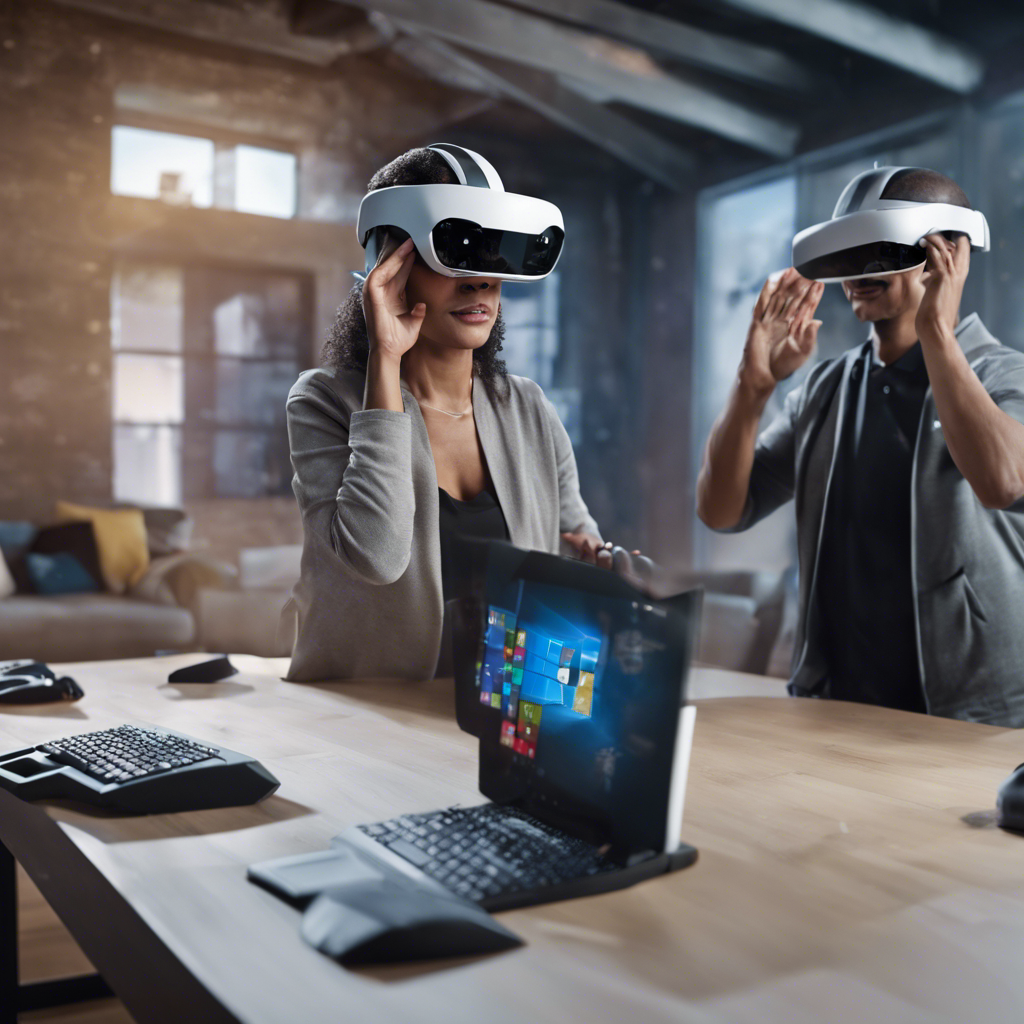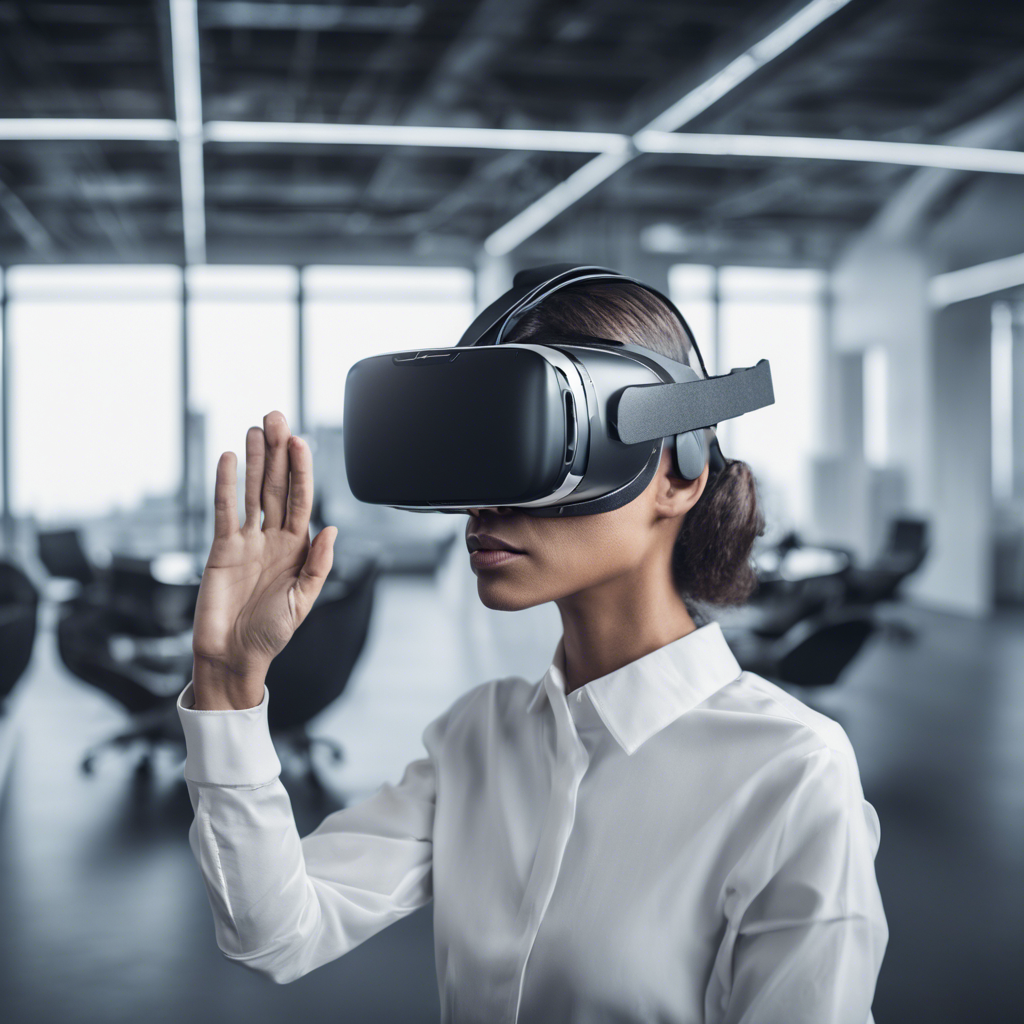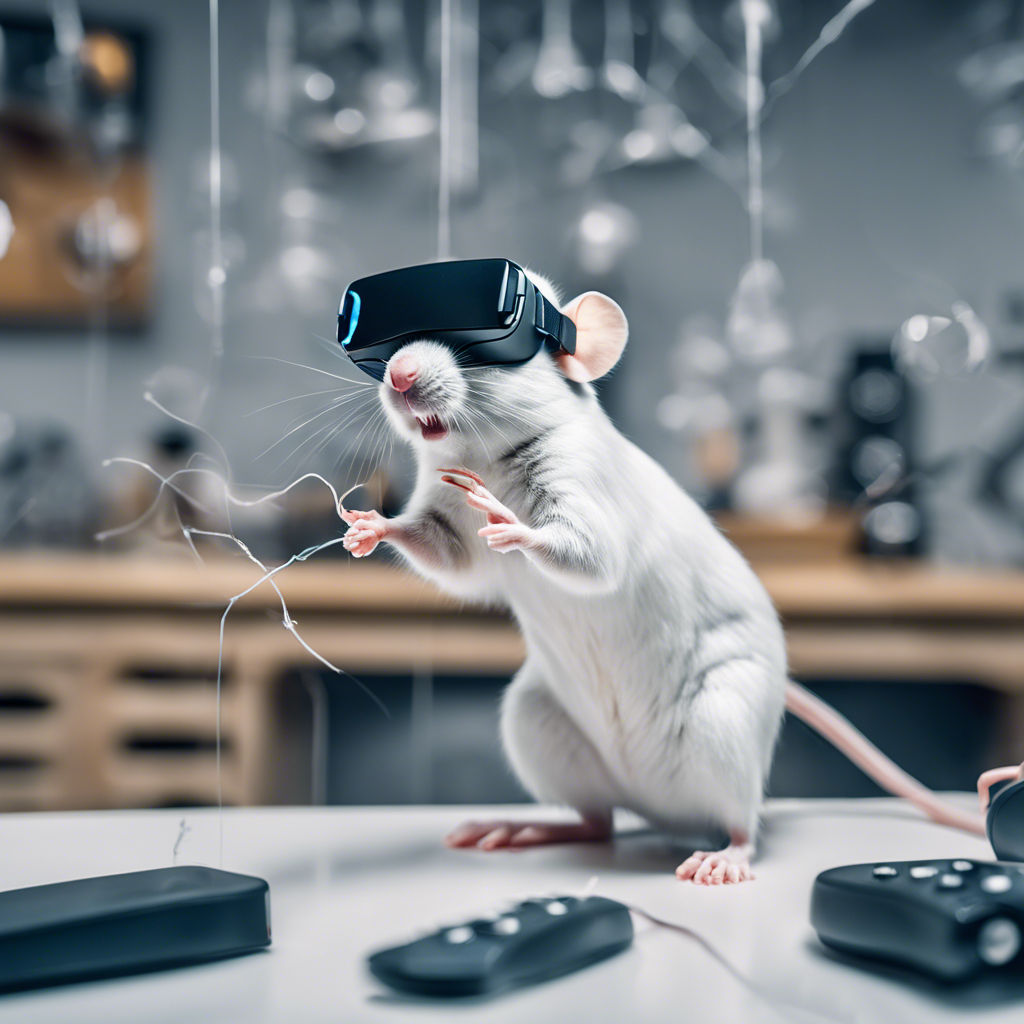Despite advancements in technology, virtual reality fails to capture the interest of mainstream consumers
Virtual reality (VR) has long been touted as the next big thing in technology, promising immersive experiences that transport users to new realms. However, recent reports suggest that the VR industry is facing significant challenges in gaining widespread adoption. Meta, formerly known as Facebook, is among the companies struggling to sell VR headsets and software, raising questions about the future of this once-promising technology. As we delve into the current state of VR, it becomes clear that the real world’s reluctance to fully embrace VR stems from limitations in user experience and a lack of compelling applications that go beyond gaming.
The Rise and Fall of VR in the 1990s
In the mid-1990s, VR experienced its first wave of hype and excitement. With the advent of more powerful PCs and graphics cards, consumers were introduced to clunky headsets and rudimentary virtual environments. PC Magazine’s 1995 feature painted a picture of a future where users could fly, perform surgery, or manipulate data in a virtual space. However, despite the initial buzz, consumer interest quickly waned, and many VR companies folded by the early 2000s.
A New Era of VR
Today’s VR landscape is vastly different from its predecessor. The Meta Quest Pro and other modern headsets bear little resemblance to their bulky and uncomfortable predecessors. The visuals are more immersive, the hardware is lighter, and the overall experience is significantly improved. Yet, even with these advancements, VR still struggles to capture the attention of the average consumer.
The Limited Appeal of VR
While VR has found a niche among gamers and adult content consumers, it has failed to resonate with the broader market. CNBC reports that sales of VR headsets and augmented reality glasses in the U.S. plummeted nearly 40% in 2023, indicating a declining interest in the technology. The average consumer does not see the value in donning a headset for extended periods, and the concept of a fully immersive virtual world remains unappealing to many.
The Friction of Virtual Reality
One of the fundamental issues with VR is its lack of seamlessness with the real world. VR is limited by battery life and the need for a stable internet connection. Unlike the real world, where experiences are limitless and always available, VR users are confined to the boundaries of their virtual environment. This limitation, coupled with the inconvenience of wearing a headset, dissuades many consumers from fully embracing the technology.
The Future of VR
Meta’s CEO, Mark Zuckerberg, remains committed to VR and his vision of the Metaverse, a fully immersive digital world. However, the lack of consumer interest poses a significant challenge to Meta and other companies venturing into the VR space. For VR to succeed, it must provide enhanced reality experiences that seamlessly integrate with the real world. Only then can it capture the imagination of mainstream consumers.
Conclusion:
The current state of virtual reality suggests that the technology still has a long way to go before it becomes a staple in our daily lives. While advancements in hardware and software have made VR more accessible and enjoyable, the lack of compelling applications and the limited appeal of a fully immersive virtual world continue to hinder its adoption. For VR to succeed, it must find a way to enhance our real-world experiences rather than attempt to replace them entirely. Only then can it bridge the gap between virtual and reality, captivating the hearts and minds of consumers.







